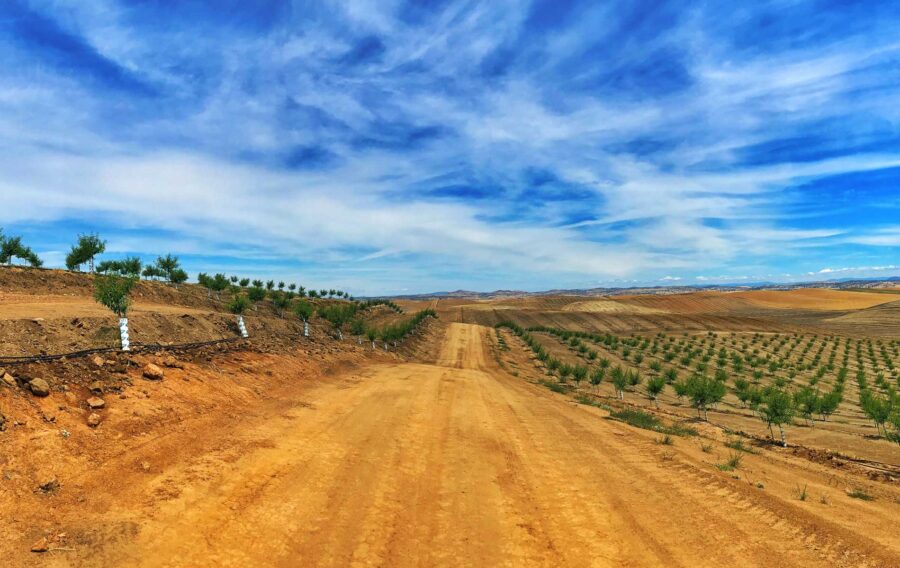
Agricultural Investments
Sustainable feeding of the world’s growing population with food that is safe, healthy, and nutritious; finding innovative solutions for more resilient and climate-smart agriculture; these are just some of the challenges facing our global agri-food systems, and investments in farmers, or “agriculture human capital,” are crucial to addressing them. Spending money on farmers is as vital as spending money on roads or any other kind of physical capital. Still, between 2015 and 2018, just around 3{5f922e5c5efe4a3151d226147ec3a3f15af86e64a38e2762095ba811ad676745} of global agriculture development financing went toward particularly improving agricultural producers’ abilities.
Why invest in farmland?
The average annual increase in value for American farmland over the last 50 years is 6.1{5f922e5c5efe4a3151d226147ec3a3f15af86e64a38e2762095ba811ad676745}, with just five years of decline. When cash rent returns are included, the investment return has been even more stellar. According to the USDA, farmland has consistently generated a profit since 1991, with average yearly returns of 11.5 percent. When compared to other asset classes, such as the Dow Jones REIT Index, it has generated a much higher return. It’s easy to think that putting money into farming is a smart business decision. People’s need to satisfy their appetites remains unchanged regardless of the state of the economy as a whole. Thus, many financiers consider agricultural and farming investments to be safe during economic downturns. Agriculture will also play a larger part in supporting global communities as the world’s population rises. However, for the typical investor, purchasing a farm is not a practical option. The effort and money invested in running or leasing a farm may be enormous, and buying one might require a large financial outlay. Fortunately, there are several options for investors to obtain exposure to the agricultural industry besides purchasing a farm.
Agriculture Stocks
Many agricultural businesses are now available to investors via the stock market. Growers and processors of agricultural products sit alongside enterprises in other sectors. Agricultural businesses, which are responsible for planting, tending, and harvesting crops, are a possible investment target. Supporting functions including distribution, processing, and packaging are provided by several of these companies. Harvested crops may provide cash flow, which investors can use to their financial advantage. Although most crops have a one-year cycle, there are regions that may reap numerous harvests year. Long-term contracts with tenant farmers or clients agreeing to buy the crops are often used to guarantee high yields. Also, keep in mind that, in addition to safeguarding the farmer in the case of a disaster, crop insurance protects the investment as well. This implies that the farmer will get money to help them pay their lease even if their crops are damaged or their income drops because of falling commodity prices.
Land Appreciation
Because almost all farmable land in the United States is currently in use, farmland is a scarce resource. As a result of urbanization and land development, the amount of available farmland has reduced, increasing the value of the remaining farmland. Investors may benefit from the rising value of farmland as a result of this. If farmland is next to a residential area, for example, the value of the property rises because of the increased likelihood that it will be sold as the residential area expands.
Forced Equity
Improvements may increase the value of an agricultural investment, just as they would in the real estate market. A good example of this may be seen in the agricultural practice of transforming undeveloped land into farmland or pasture. In addition, changing farmland from conventional farming to higher return organic farming may boost the value of the investment by replacing low-value crops like commodity or row crops with high-value crops like trees. Fixing up the land’s structures and utilities may also increase its value. As a result of these enhancements, the land’s value will rise, and the investor has a better chance of making a profit when they eventually decide to sell.
Other Income
Besides growing crops, farmland may be used for a wide variety of other purposes that bring in money. If there is a substantial body of water on the farms, the water rights might be leased or sold. Some farms in close proximity to a major thoroughfare may be able to benefit from the installation of billboards or the construction of a cellular or broadcasting tower. Timberland and property close to rivers may be good candidates for leasing out for recreational purposes like hunting and fishing.

